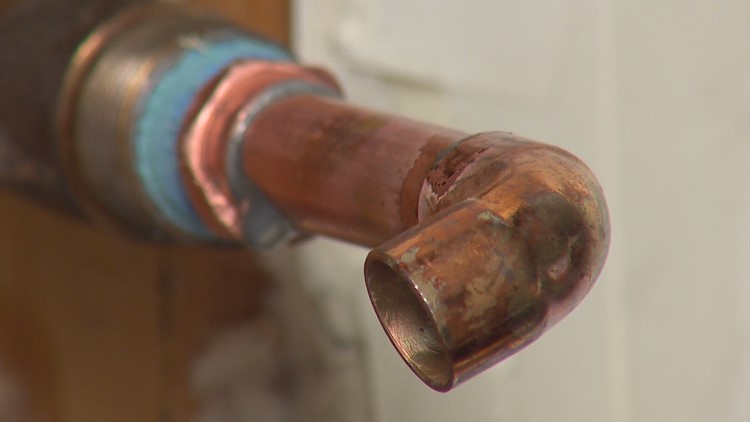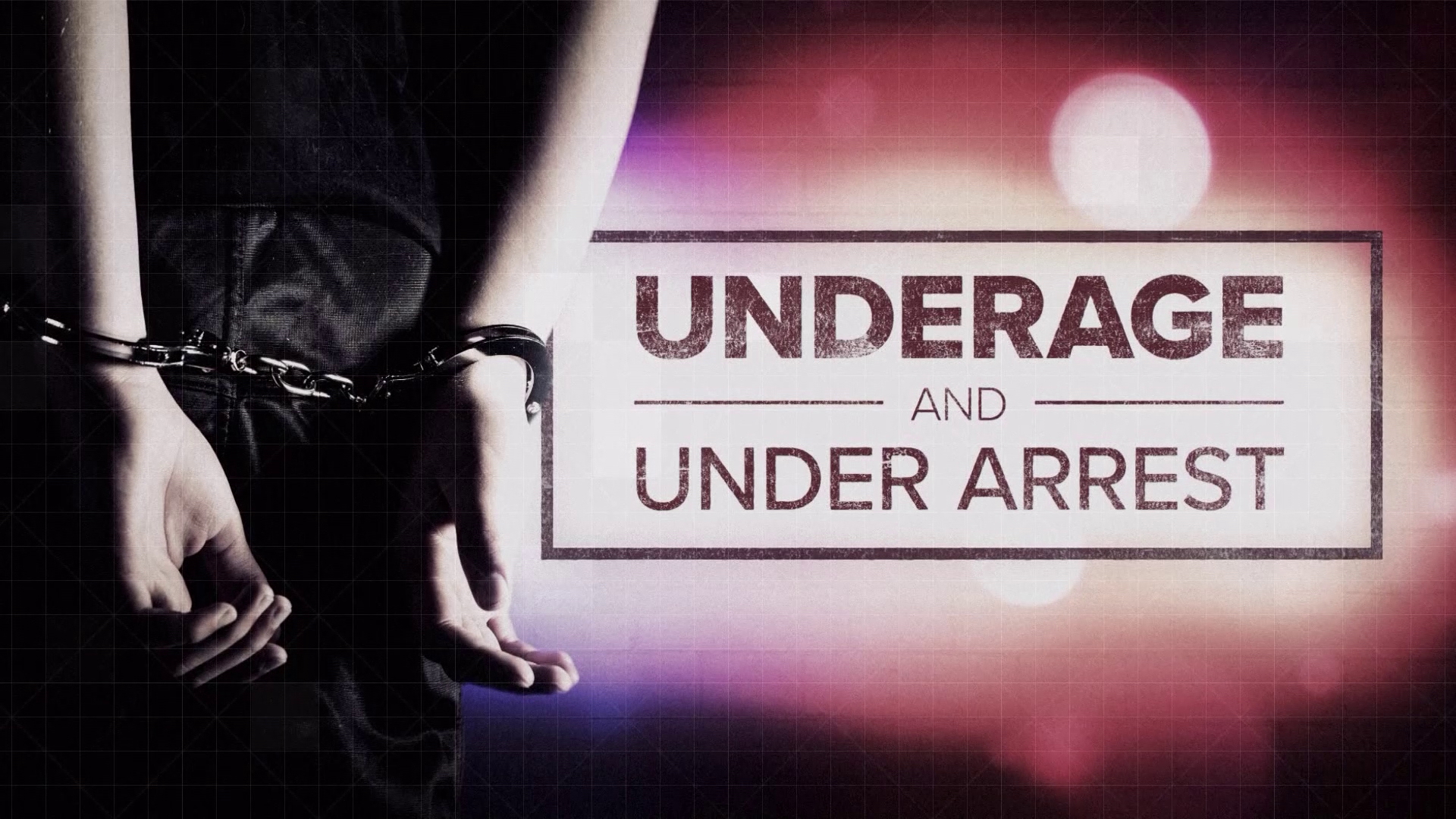SEATTLE — All of Western Washington will stay below freezing between Wednesday and Friday, with some areas dropping into the teens or single digits. A Wind Chill Advisory is in place for western Whatcom County through Thursday morning.
For those living outside or without access to a place to get out of the cold, this type of weather can be dangerous, and even deadly. But it can also impact plumbing in houses that don't prepare correctly.
One thing everyone can do ahead of dangerously cold overnight temperatures on Wednesday night: make sure your pipes are protected.
Temperatures that dip below freezing can cause plumbing issues that occasionally result in burst pipes.
The problem is fairly simple: water freezes, thaws and expands, which is too much for the pipes to handle -- so they crack.
Here are tips from a plumber for protecting your pipes in the cold weather:
-- Keep the water running so it moves throughout the pipes.
-- Cover vents in crawl spaces.
-- Disconnect hoses or shut the water supply to hoses or outside fixtures.
-- Add foam insulation.
-- Add heat source to garage or attics with plumbing fixtures.
Emergency weather shelters:
Several counties have opened emergency weather shelters in response to the dangerously cold temperatures.
Find links to cold weather shelter information below:
Hypothermia symptoms to watch out for in cold temperatures
Anyone who is spending any length of time outside over the coming days should know the signs of hypothermia.
According to Public Health - Seattle and King County, these are the symptoms to watch out for:
- Uncontrolled shivering
- Slow or unclear speech
- Feeling extremely tired
- Stumbling when walking
- Confusion
- Semi-consciousness or unconsciousness
What to do if someone has hypothermia:
- If a person becomes unconscious, seek medical attention immediately
- Do not warm a person up too quickly
- Bring the person indoors or to a dry place protected from the wind
- Remove wet clothing and cover the person with dry blankets. Cover the head, hands and feet.
- Put the person in a cot or bed next to a warm, but not hot, heater
- Lie under the covers next to the person to transfer your own body heat. If possible, have someone else lie on the other side.
- Give the person warm, not hot, broth or soup. Do not give them alcohol to drink
- If an infant or a small child is presenting symptoms of hypothermia, wrap them inside your own clothing against your skin
Download the KING 5 app to check the interactive radar near you, as well as the latest forecast, cameras and current conditions.



